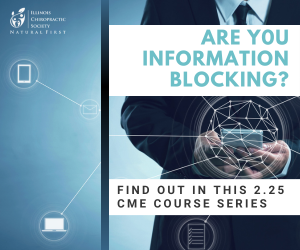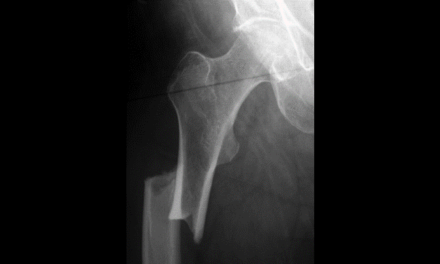
Medicare Medical Necessity

Recently, an advertisement was released by another lecturer that stated “P.A.R.T. is ONLY used when the doctor wishes to indicate a subluxation with no current x-ray (less than one year). The use of P.A.R.T. is NOT suggested. It is suggested to prove the subluxation like you were taught… with x-rays.” Although you have the option of using an x-ray to show a subluxation, this is limited for continued patient care. For continuing care, one needs to look at Medicare’s definition of medical necessity. It is a medical necessity that must be met in order for Medicare to pay for the continued care of their condition or at least to get the patient to MMI.
- The patient must have a significant health problem in the form of a neuromusculoskeletal condition necessitating treatment, and the manipulative services must have a direct therapeutic relationship to the patient’s condition. (Medicare does not pay for pain).
This is mostly in your diagnosis and objective findings. A diagnosis of pain (lumbalgia, cervicalgia) is a short-term diagnosis. Why does the patient have pain? If x-ray has demonstrated a condition such as degenerative disc disease, then that is a better explanation for their pain, than just indicating they have pain. A subluxation is the number one diagnosis in most states, but the secondary diagnosis is also important.
I advocate the use of Outcomes Assessment tests. The purpose of chiropractic is to improve the patient’s function. The outcome assessment tests not only objectively indicate the degree of injury to the patient’s function; it also objectively quantifies the degree of significance of their health problem. - You must have a reasonable expectation of recovery or improvement of function.
Once you have been in practice for a reasonable amount of time, you come to realize that we cannot treat all conditions. We restore nerve function and let innate take over. Our expectation of recovery is reflected in our treatment goals. You must document what are your treatment goals and when you expect to accomplish these goals. We typically re-evaluate our treatment procedures by doing a re-examination every four to six weeks. - The patient must have a subluxation of the spine as demonstrated by x-ray or physical exam. A diagnosis of pain is not sufficient for medical necessity.
Medicare has three criteria that must be met to prove medical necessity.
This is the crux of your documentation. In order to prove that the patient needs continued care, we must show that the subluxation still exists. This is why Medicare gives us the choice of using an x-ray or P.A.R.T. to prove the subluxation. An x-ray may show the subluxation at the initiation of care, but PART shows the continued need for care. It is PART that proves the subluxation still exists.
One doctor recently asked me to look at his notes on a Medicare case. X-rays taken initially showed a subluxation. After 10 months, the doctor had treated the patient 168 times. The patient had not yet been released from care. Using the criteria of the advertisement’s author, an x-ray initially showed a subluxation; it would seem that the premise of the statement would justify 168 treatments in 10 months. I think Medicare would have a different opinion.
Medicare demands that we show the medical necessity for continued care. The criteria for medical necessity are clearly established. If the three criteria are satisfied, then you have shown medical necessity for continued care.
Dr. Mario Fucinari is a Certified Medical Compliance Specialist (MCS-P). Dr. Fucinari and the ICS will be presenting several classes in 2010 to aid the doctor and staff in correct documentation, billing and compliance procedures. For further information, go to www.ILchiro.org or www.AskMario.com. You may contact Dr. Fucinari at Doc@AskMario.com.

















